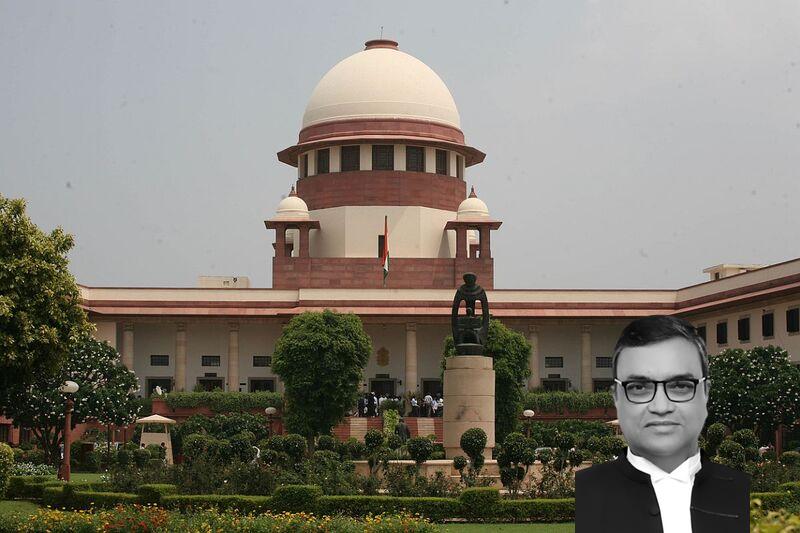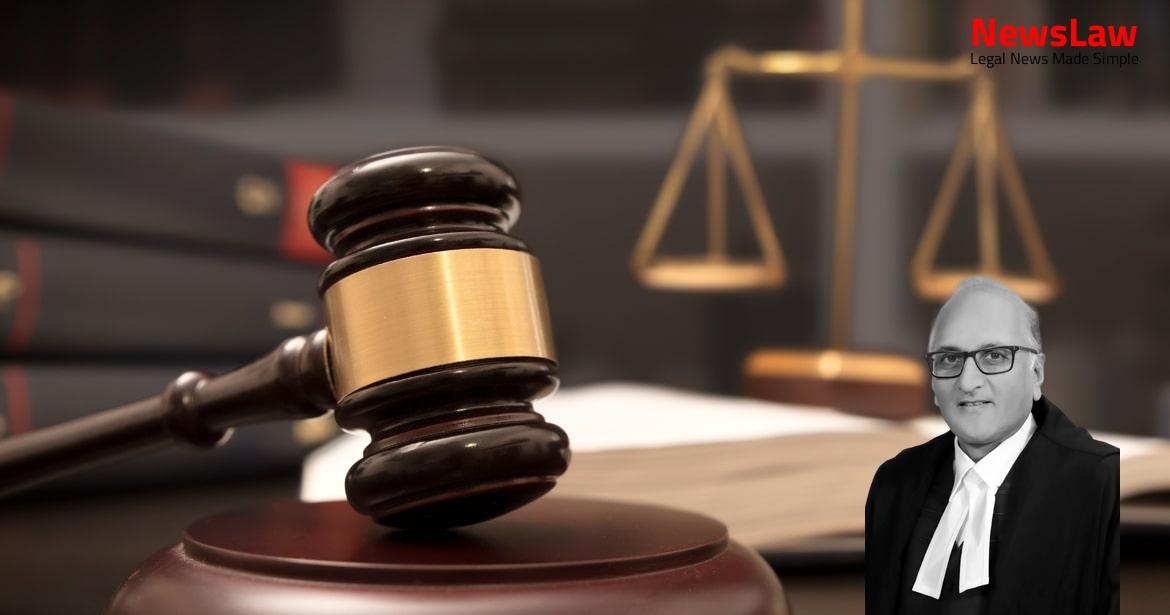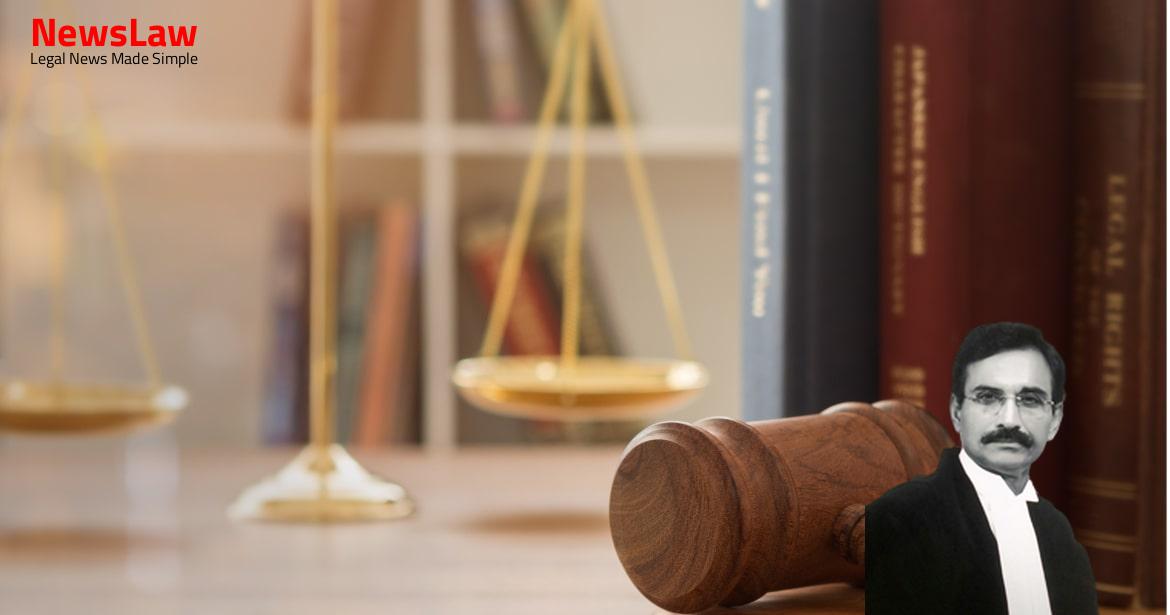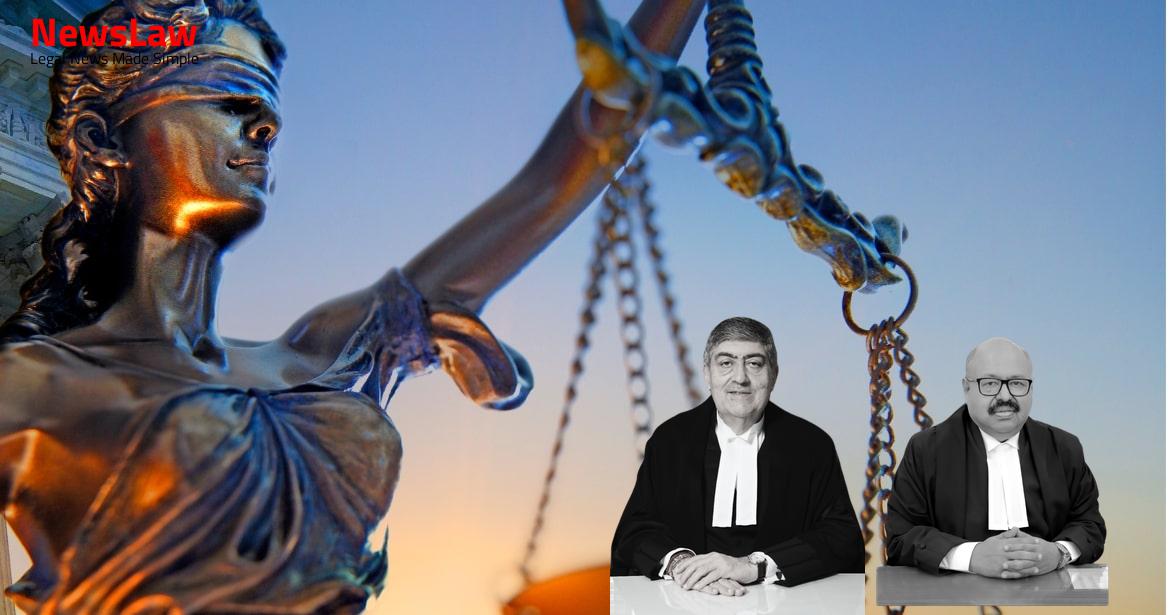(i) the Indian Institute of Technology, Patna (“IIT Patna”, hereafter) and (ii) the National Institute of Technology, Rourkela (“NIT Rourkela”, hereafter), are covered 2 by the definition of “governmental authority” in Mega Service Tax Exemption Notification (“Exemption Notification”, hereafter) inter alia exempting various services from the tax network rendered to government, governmental, or local authorities. The Orissa High Court while relying on the aforesaid decision of the Patna High Court in favour of SPCL, on a similar 3 question of law, allowed a writ petition preferred by SPCL for refund of service tax. Since we are concerned with the interpretation of “governmental authority”, clause 2(s) of the Exemption Notification defining “governmental authority” is reproduced hereunder: “(s) “governmental authority” means a board, or an authority or any other body established with 90% or more participation by way of equity or control by Government and set up by an Act of the Parliament or a State Legislature to carry out any function entrusted to a municipality under article 243W of the Constitution.” 4 6. The material facts, leading to the presentation of CA-I, are as follows: a) IIT Patna, the fourth respondent, appointed NBCC India Limited (“NBCC”, hereafter), the third respondent, as a Project Management Consultant to oversee the construction of building/facilities/services for its academic complex. Clause 4.2.4 of the Letter of Award specified that the aforementioned rates did not include service tax and that SPCL would be reimbursed for this tax by IIT Patna upon providing receipts.
Additionally, IIT Patna was 6 directed to immediately undertake actions for the recovery or adjustment of the service tax previously paid to SPCL. (iii) alternatively for a direction to the [Commissioner, Customs Central Excise and Service Tax] to refund the amount of service tax paid by [SPCL] on the service of construction of building premises of [IIT Patna] in pursuance of the contract.” f) Vide the impugned judgment, the Patna High Court allowed the writ petition of SPCL and held that IIT Patna would indeed be covered within 7 the definition of a “governmental authority” under clause 2(s). According to the Court, any authority set up by an Act of Parliament or by an Act of the State Legislature as envisaged in sub-clause (i), therefore, cannot be made subject to the condition of “90% or more participation by way of equity or control” and it is only an authority or a board or any other body established by the Government as envisaged under sub-clause (ii) of clause 2(s) that has to meet the requirement of governmental participation of 90% or more by way of equity or control. It was, accordingly, ruled that the construction activity undertaken by SPCL is exempt from payment of service tax in terms of the Exemption Notification read with the Clarification Notification, followed by a direction that the service tax collected by the Revenue shall be refunded to SPCL or IIT Patna, as the case may be. c) SPCL, however, discharged its service tax liability amounting to Rs 5,79,17,168.00 (Rupees Five Crore Seventy-Nine Lakh Seventeen Thousand One Hundred Sixty-Eight only) to the Service Tax Department and raised all the bills to NIT, Rourkela charging service tax. In contesting the impugned judgment and order of the Patna High Court, she advanced the following submissions: a) The Amendment to the Exemption Notification carried out vide the Clarification Notification aimed to broaden its applicability beyond statutory bodies, extending its benefits to government-established entities as well. To support this argument, reference was made to the decisions of this Court in Barun Kumar & Ors. These entities could potentially claim exemptions under different clauses of the Exemption Notification, covering various services provided by a “governmental authority”.
h) Classification of IIT Patna as a “governmental authority” has no bearing on the applicability of service tax to the transaction between SPCL and NBCC. Consequently, IIT Patna and NIT Rourkela should be considered governmental authorities in accordance with clause 2(s)(i) of the Exemption Notification, read in conjunction with the Clarification Notification. In reply to the submission of the appellants that the classification of IIT Patna as a “governmental authority” would not have any bearing on the applicability of service tax to the transaction between SPCL and NBCC as service provider and service recipient respectively, learned counsel drew support from clause 29(h) of the 13 Exemption Notification which exempts services provided by sub-contractors by way of works contract to another contractor providing works contract services which are already exempted under the Exemption Notification.
Before we commence our analysis, it would be apt to juxtapose the relevant clauses from the Exemption Notification and the Clarification Notification for facility of appreciation: 14 EXEMPTION NOTIFICATION CLARIFICATION NOTIFICATION 2(s) “governmental authority” means a board, or an authority or any other body established with 90% or more participation by way of equity or control by Government and set up by an Act of the Parliament or a State Legislature to carry out any function entrusted to a municipality under article 243W of the Constitution; 2(s) “governmental authority” means an authority or a board or any other body; (i) Set up by an Act of Parliament or a State Legislature; or (ii) established by Government, with 90% or more participation by way of equity or control, to carry out any function entrusted to a municipality under article 243W of the Constitution; 15. Although the reason for re-defining “governmental authority” has not been made available by the appellants, we presume that unworkability of the scheme for grant of exemption because of the restricted definition of “governmental authority” was the trigger therefor and hence, the scope of the exemption was expanded to cover a larger section of entities answering the definition of “governmental authority”. In other words, to qualify as a “governmental authority” under clause 2(s)(i), such authority, board or body must not only be a statutory authority set up by an Act of Parliament or a State Legislature but must also have 90% or more participation of the Government by way of equity or control to carry out any like function that a municipality under Article 243W of the Constitution is entrusted to discharge. What is plain and ambiguous from a bare reading of a provision under consideration must be interpreted in the same way as it has been stipulated and not in a way that it presumes deficiency and radically changes the meaning and context of the provision. It must interpret a taxing statute in the light of what is clearly expressed : it cannot imply anything which is not expressed; it cannot import provisions in the statutes so as to supply any assumed deficiency.” 21.
Even as Parliament does not use any word without meaning something, Parliament does not legislate where no legislation is called for. Going by the golden rule of interpretation that words should be read in their ordinary, natural, and grammatical meaning, the word “or” in clause 2(s) clearly appears to us to have been used to reflect the ordinary and normal sense, that is to denote an alternative, giving a choice; and, we cannot assign it a different meaning unless it leads to vagueness or makes clause 2(s) absolutely unworkable. Only when such plain and straight reading, or ascribing the natural and normal meaning to the words on such reading, leads to ambiguity, vagueness, uncertainty, or absurdity which were not obviously intended by the legislature or the lawmaker, a court should open its interpretation toolkit containing the settled rules of construction and interpretation, to arrive at the true meaning of the provision.
In the present case, the word “or” between sub-clauses (i) and (ii) indicates the independent and disjunctive nature of sub-clause (i), meaning thereby that “or” used after sub-clause (i) cannot be interpreted as “and” so as to tie it with the condition enumerated in the long line of clause 2(s) which is applicable only to sub-clause (ii). Further, it can be observed upon a plain and literal reading of clause 2(s) that while there is a semicolon after sub-clause (i), sub-clause (ii) 20 closes with a comma. We are, therefore, of the opinion that the long line of clause 2(s) governs only sub-clause (ii) and not sub-clause (i) because of the simple reason that the introduction of semicolon after sub- clause (i), followed by the word “or”, has established it as an independent category, thereby making it distinct from sub-clause (ii).
Literally read, the conjunction ‘or’ between sub-clauses (i) and (ii) clearly divides the two clauses in two parts with the first part completely independent of the second part. Each word in the definition clause has to be given some meaning and merely because promoting educational aspects is one of the functions of a municipality in terms of Article 243W of the Constitution read with Schedule XII appended thereto is no valid argument unless equity or control by the Government, to the extent of 90%, is shown to exist qua the relevant authority/board/body. Bagchi heavily relied on the decision of a five-judge Bench of this Court in Dilip Kumar (supra) to urge that in case of any ambiguity in interpreting an exemption notification, the interpretation that favours the revenue must be adopted; also, the burden of proving applicability of the exemption notification would be on the assessee to show that his case comes within the parameters of the exemption clause or exemption notification.
It is, therefore, clear as a sunny day 23 that there arises only one plausible construction of clause 2(s) which is the one the Patna High Court adopted, and which we are inclined to uphold. But if it is the legislature that has expressed itself by making the laws and difficulties arise in interpreting what the legislature has said, a legislature cannot be asked to sit to resolve those difficulties. A court should give effect to plain words, not because there is any charm or magic in the plainness of such words but because plain words may be expected to convey plainly the intention of the legislature to others as well as judges.” 24 32.



